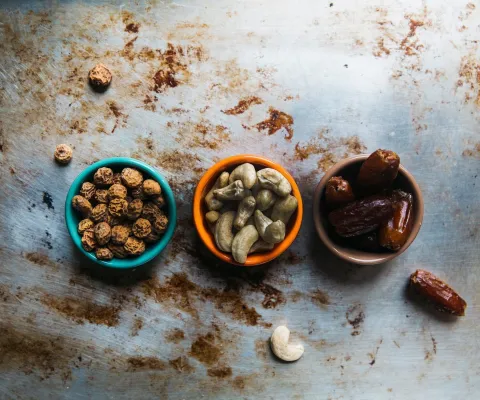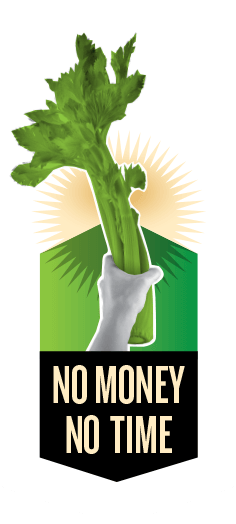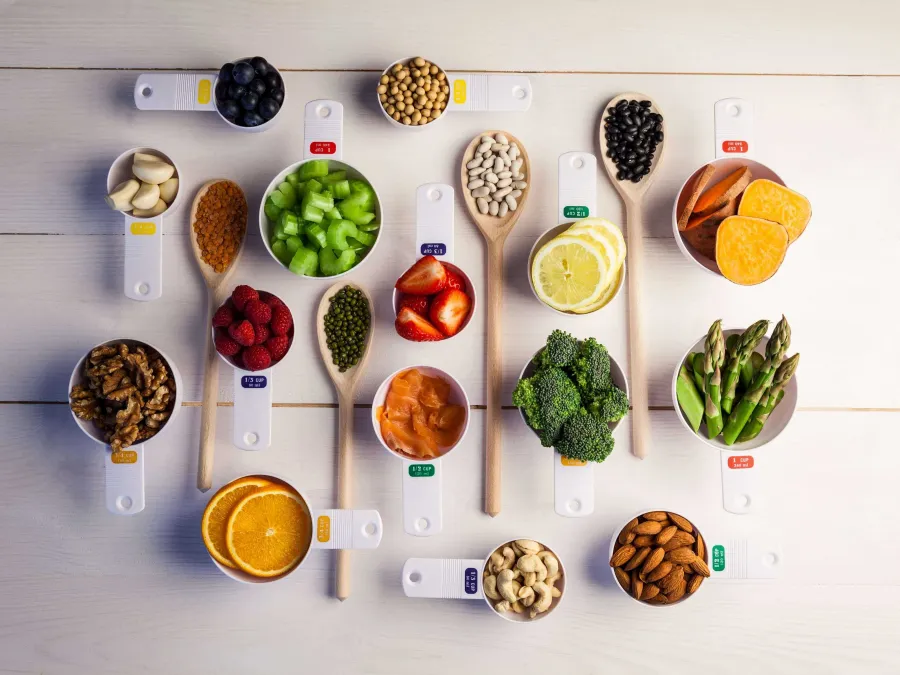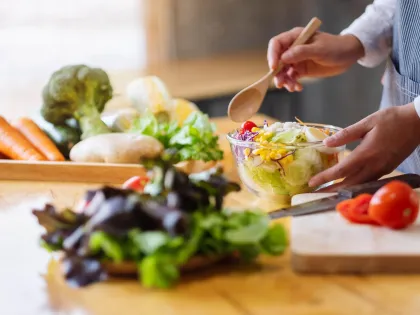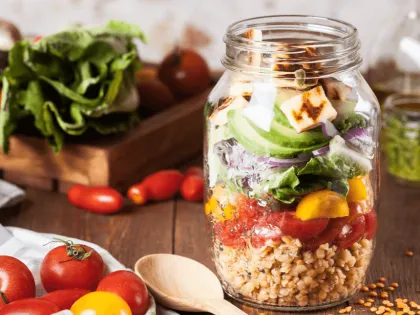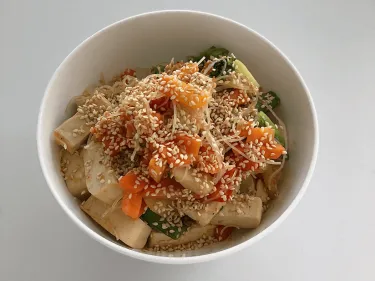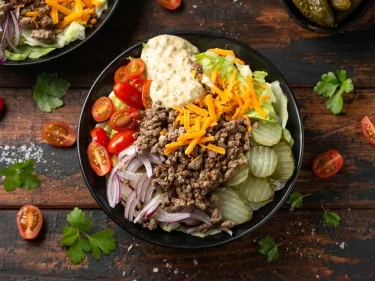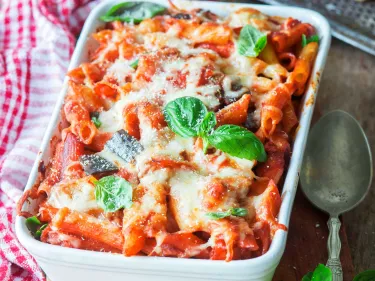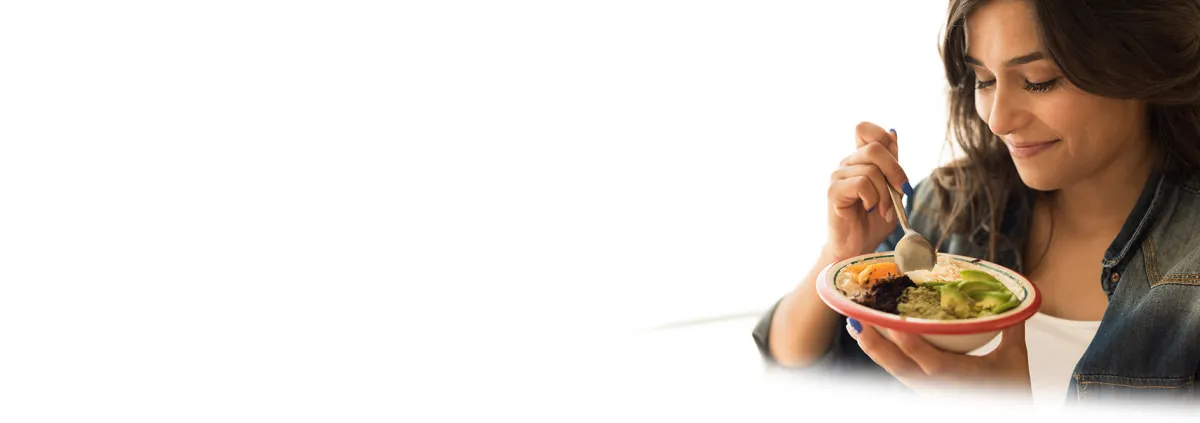The Australian Dietary Guidelines recommend eating a wide variety of nutritious foods each day from the five food groups. These are fruits, vegetables, grains and cereals, lean meats and alternatives, and milk, yogurt, cheese and alternatives. We are also advised to eat enough to meet our energy needs.
The number of recommended daily serves from each food group depends on your age, sex, how physically active you are, and whether you are pregnant or breastfeeding. Healthy eating is about what we eat and also about how much we eat. Knowing how much food is considered one ‘serve’ can boost your awareness about what you usually eat and whether it aligns with recommendations or not.
What is a serve?
A serve is a standard amount of a food or drink that the Australian Guide to Healthy Eating (AGHE) defines as being equal to one serve. This amount does not change. Within each food group, the amount of a food or drink that makes up one serve contains approximately the same amount of energy, measured in kilojoules, and key nutrients in it.
For example, within the grains and cereals food group, one slice of bread is defined as one serve and ¼ cup of muesli is also one serve. Each of these provides approximately 500kJ of energy and 37 grams of carbohydrates.
You can learn more about what one serve equals in each of the five food groups here.
What is a portion?
A portion is the amount of a food or drink that you actually eat at a meal or snack time. This may be more or less that a standard ‘serve’. The portion size you eat on any given day or time can change based on lots of factors, including how hungry you are, the size it came in when you bought it, taste, cost, and time, just to list a few.
A portion can be made up of more or less than one standard AGHE serve. For example, if you eat two slices of toast for breakfast then your portion from the grains and cereals food group would be two serves.
Is the serving size that is on the food packet the same as an AGHE serve?
It doesn't have to be. A nutrition information panel must be listed on all packaged food in Australia, the serving size that is listed on the packet is determined by the food company, and can be different to what the AGHE classifies as a serve (it's their choice). Instead, the serving size on a food label is better thought of as a portion. Confusing, right!
Using our bread example again, most loaves of bread suggest that a serving size is 2 slices of bread. As we explained above, this is equivalent to 2 AGHE serves.
So how much do I eat?
You can find your recommended number of serves of foods for each food group here. Keep in mind that this recommendation is for the number of serves usually eaten across a whole day, and the amount you eat at each meal and snack time (your portion) may vary. Also keep in mind that the recommendations assume your intake of foods from the ‘discretionary’ (or energy-dense, nutrient-poor) food category is low.
Check out our recipes for meal and snack ideas that will help you reach your recommended serves.
